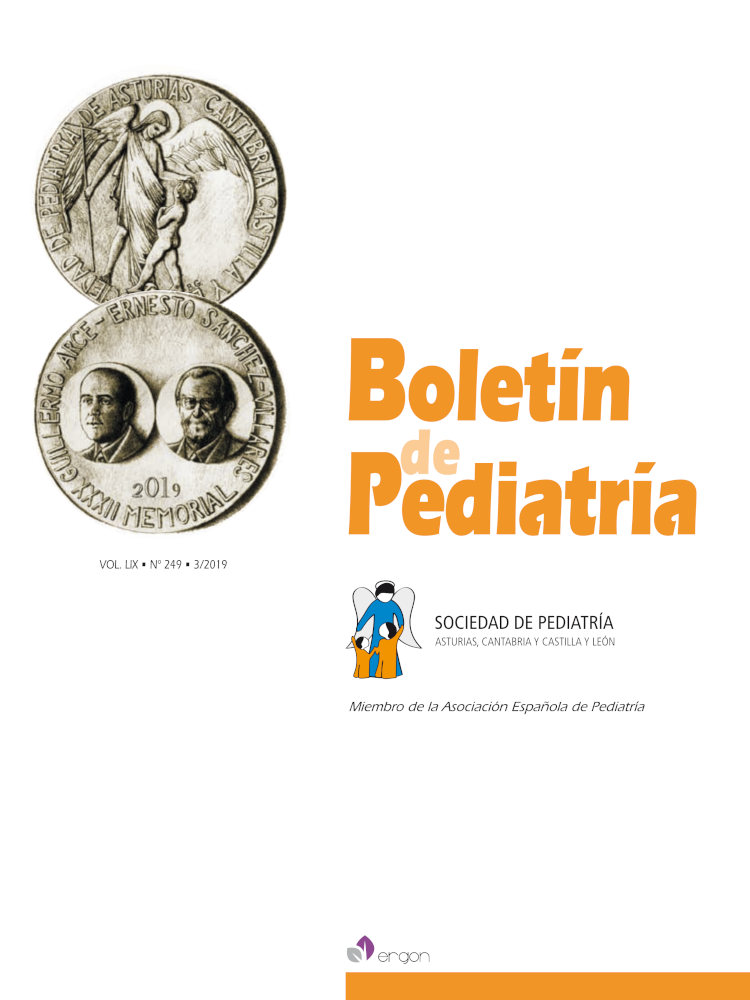Abstract
Subclinical hypothyroidism is one of the most frequent reasons in the medical visit in the Pediatric Endocrinology office and its management continues to be an object of controversy. When a child has a single isolated elevation of TSH it should be kept in mind that this does not always imply that there is a thyroid disorder and it should be verified with a second measurement, since it will not be confirmed in over 70% of the cases. Furthermore, analytic interferences should be ruled out as well as other situations that may cause a transitory increase in the TSH. The etiological study is indicated in persistent cases, mainly the measurement of antithyroid antibodies and an ultrasound. In most of the cases, the origin will be idiopathic or autoimmune. In general, subclinical hypothyroidism is a benign condition, with low risk of evolution to frank hypothyroidism, which is somewhat higher in the cases having an autoimmune origin. Follow-up of these patients will be conditioned by the etiology and risk of progression to hypothyroidism. Since it has not been demonstrated that subclinical hypothyroidism negatively affects growth or cognitive development in children over 3 years of age, treatment with levothyroxine is not routinely justified. In recent years, some studies have demonstrated the relationship between subclinical hypothyroidism in children and subtle peroatherogenic alterations, however there is existing controversy on whether it is associated to an increased risk of cardiovascular disease in the adult age. On the other hand, although treatment with levothyroxine may have a beneficial effect on said alterations, the impact it may have in the long term is not clear.

This work is licensed under a Creative Commons Attribution-NonCommercial 4.0 International License.
Copyright (c) 2019 Boletín de Pediatría
